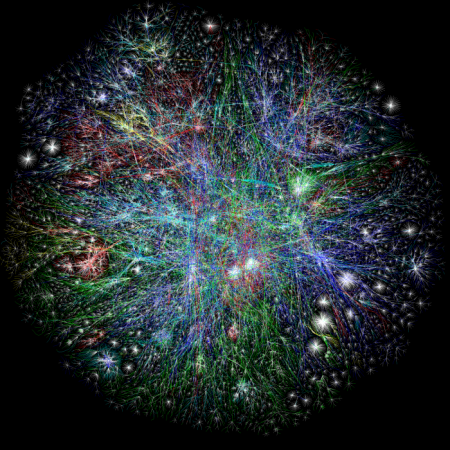Women are the routers and amplifiers of the social web. And they are the rocket fuel of ecommerce.
–Aileen Lee (2011): Why Women Rule The Internet on TechCrunch.com.
Last month I observed that the girls in my class were blogging a lot more than the boys. It’s still true, and now there’s an informative, if somewhat hyperbolic, article by Aileen Lee that asserts that the blooming of social media websites is driven, primarily, by women.
I’m always a bit leery about articles like this one. There are lots of statistics, a few anecdotes, and a brief reference back to some scientific research (Dunbar numbers), but the overly excited language coming from a venture capitalist is enough to remind me of the irrational exuberance of the dot-com bubble.
The writing is so over-the-top, that I’m truly surprised that there isn’t a single exclamation point in the entire article! Although, based on Ms. Lee’s first words in the comments section, this might be due to the herculean efforts of a good editor.
My antipathy might also be due to my irrational, visceral distaste of the language of business and commerce, which is so geared toward breaking people into faceless demographic groups to be marketed to that it verges on being dehumanizing. I suspect my feelings are truly irrational because I’ve seen scientists do similar parsing of demographic statistics and have had no trouble; although, perhaps, I may have been a little more empathic because the scientists were looking at issues of vulnerability to disease, infant mortality, and the like.
However, since the article’s anecdotes correlate with my own anecdotes, I find it hard to disagree with the underlying premise: women are more inclined than men to make and nurture social connections so they are a key demographic in understanding the future of the internet.
It’s also a reminder that the social atomization typified by the dominance of the nuclear family at the expense of extended family, is now being ameliorated by social networking, which suggests some interesting social and cultural changes in a, possibly, more matrifocal future.
(hat tip The Daily Dish).

